About 14 years ago, Mr. Matthew Shang and Mr. Paul Semple were in the market for a new apartment in Singapore. They were then sharing a place with a colleague, and had wanted a place to call their own. A housing agent took them around, and showed them a unit in the same building where they now live, and although they liked the place, they ended up living somewhere else – a circa 1950s walk-up. It is clear that the couple prefers to live in older developments with a lot of personality and a bit of history.

Today, the two principals at international design firm Hassell are back in the same building, a graceful old structure that is almost a hundred years old. Originally constructed to house senior academic personnel of the university nearby, it is fronted by deep, wide balconies, and sits today under a canopy of mature shade trees that were planted by one of its longstanding tenants. In the front part of the grounds are joined garages, and at the back a couple single-storey staff houses.
“We’re very happy to be back here,” Mr. Semple says. One of the couple’s friends moved into the building, from a freestanding black and white bungalow, when their grown children left for the university. They found an empty unit on the top floor and persuaded Mr. Shang and Mr. Semple to have a look.
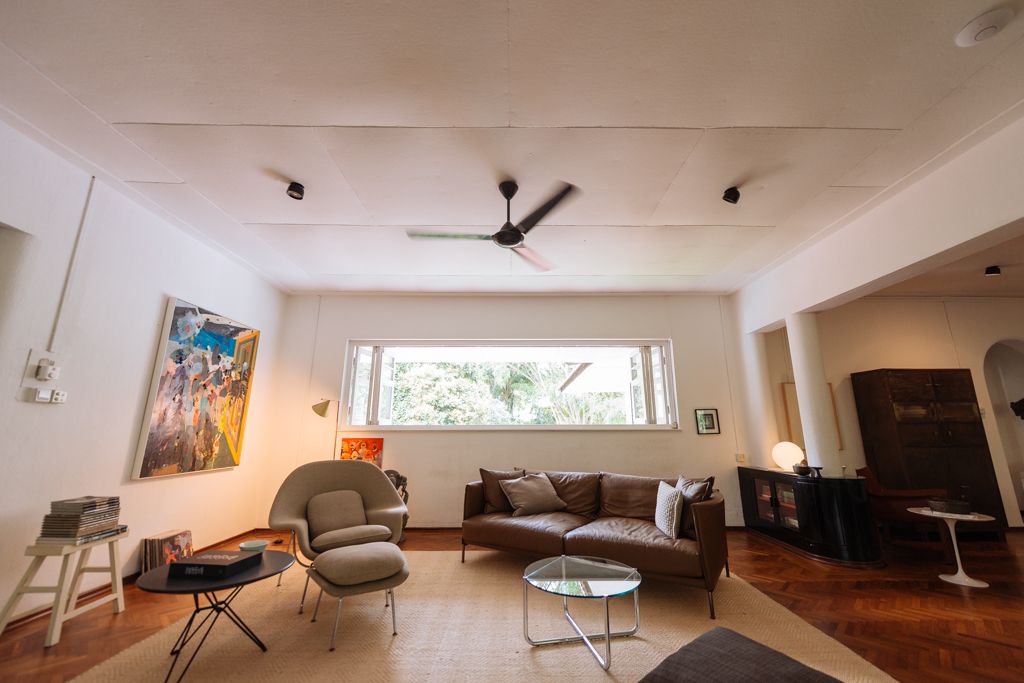
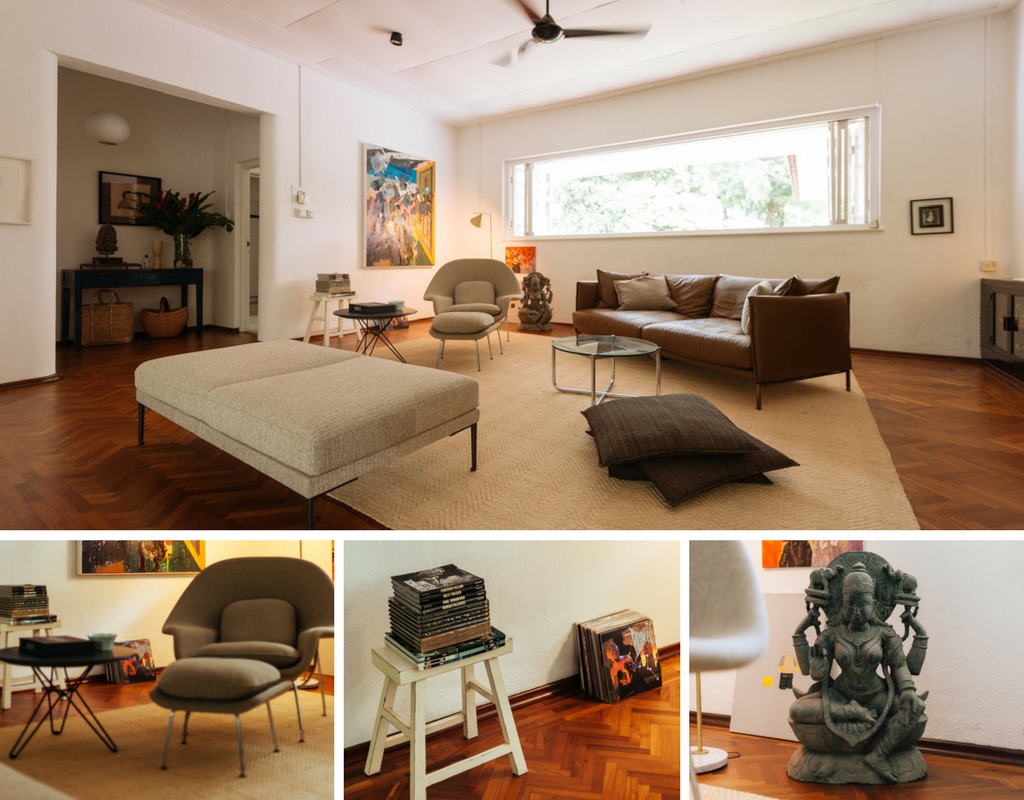
Mr. Shang and Mr. Semple remembered the time they were shown an apartment in the same development, and felt that somehow they had come full circle. They went through the entire SLA (Singapore Land Authority) tender process; they put down a deposit, gave an indication of the rent they wished to pay, and hoped it was the ‘magic number’.” Not long after, a call from the SLA confirmed that they got the apartment.
Several colonial-era buildings in Singapore, mostly British military officers’ residences, are owned by the government and placed under the care of the SLA. Nowadays, they are run by commercial leasing agents, including Knight Frank, which manages the building in which Mr. Shang and Mr. Semple live, and tend to be well maintained.
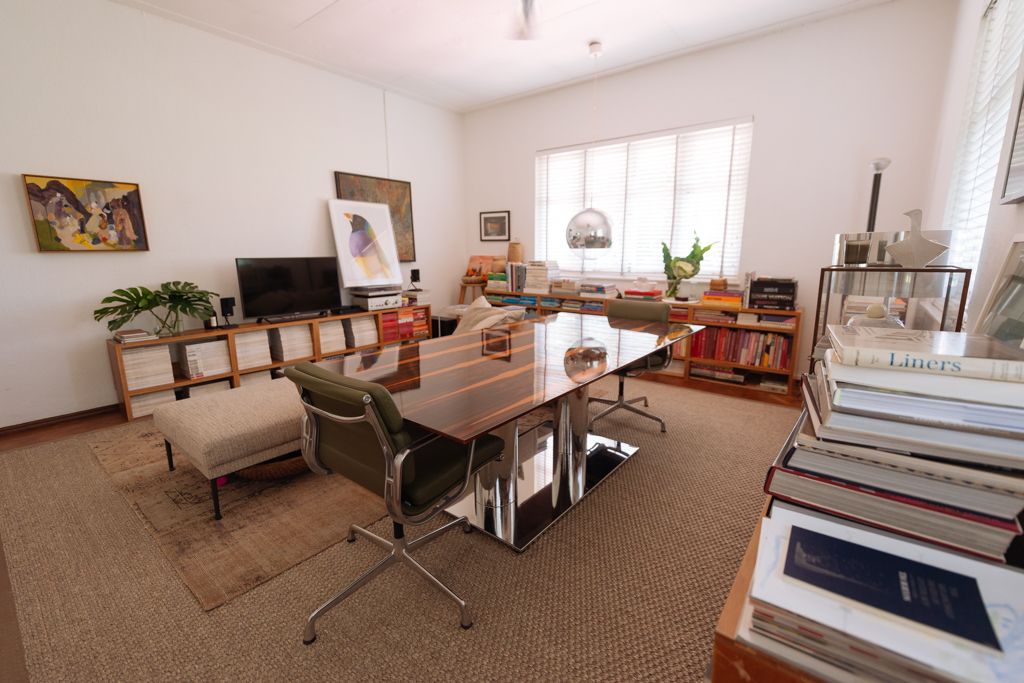
.jpeg)
Mr. Semple describes their apartment building as “architecturally ambitious, with an expansive opening and a support beam that spans almost 10 meters”.
“Someone really put in some serious thought about the design, and decided to do it,” Mr. Shang says. “It’s no mean feat!”
When the couple moved into the apartment, they found a ramshackle third bedroom in the verandah – an awkward addition that disrupted the flow of the space, especially the ventilation. They got rid of that third bedroom, and converted the second one into a study. They also installed air-conditioners, reconfigured the lighting, and after some coats of paint proceeded with the move.
“We’ve not shut these doors since we moved in,” Mr. Semple says, not only because Singapore is famously a safe place, but also because it’s the best way to enjoy the building’s open architecture. “The beauty of this place is that you can install air-conditioning only where you want it.” The rest of the apartment enjoys crosswinds that pass through the open windows.
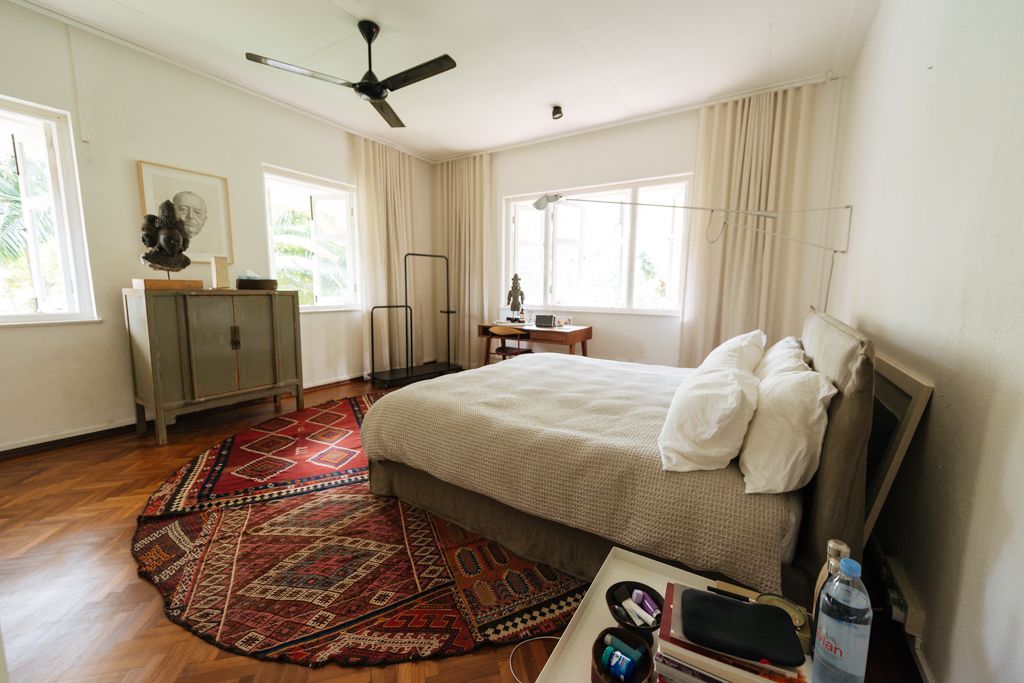
An interesting evolution is going on in the building, notes Mr. Semple. Tenants who have lived there for a long time have started moving out, making way for a new generation of occupants. The publisher who planted the trees in the front garden has returned to France after two decades of holding court in the building, and so has the Parisian antique dealer who was a tenant for 15 years.
“We feel like custodians of the building,” Mr. Shang says, adding that everyone is happy to do their bits for the development – as if to prolong its life before eventually handing it over to a fresh batch of tenants. “And we are happy to share the experience of living in this wonderful place,” Mr. Semple adds.
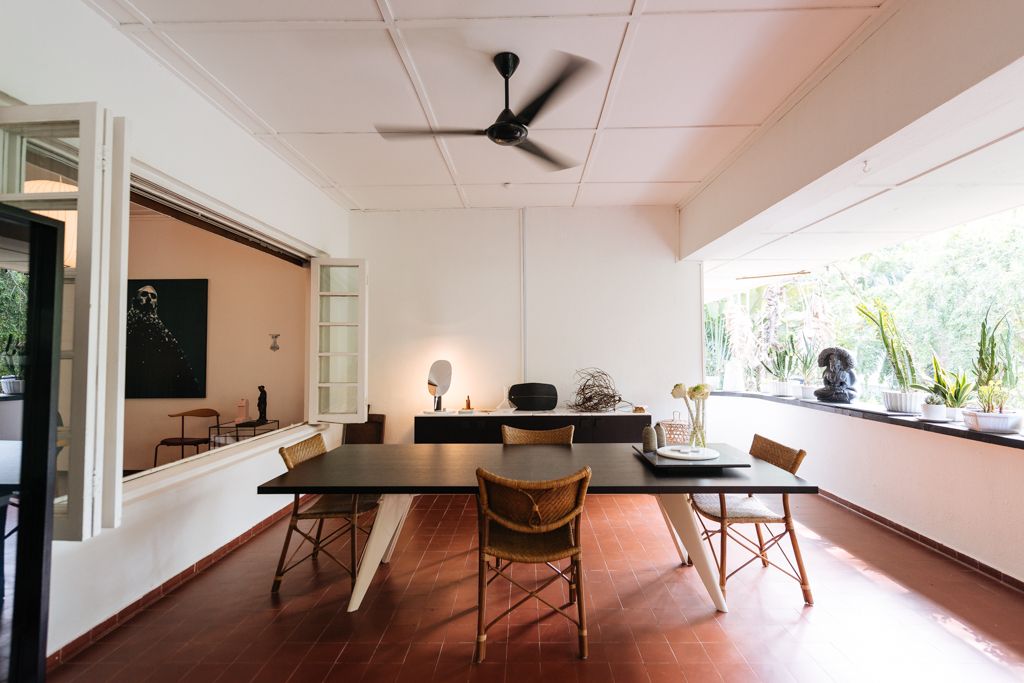
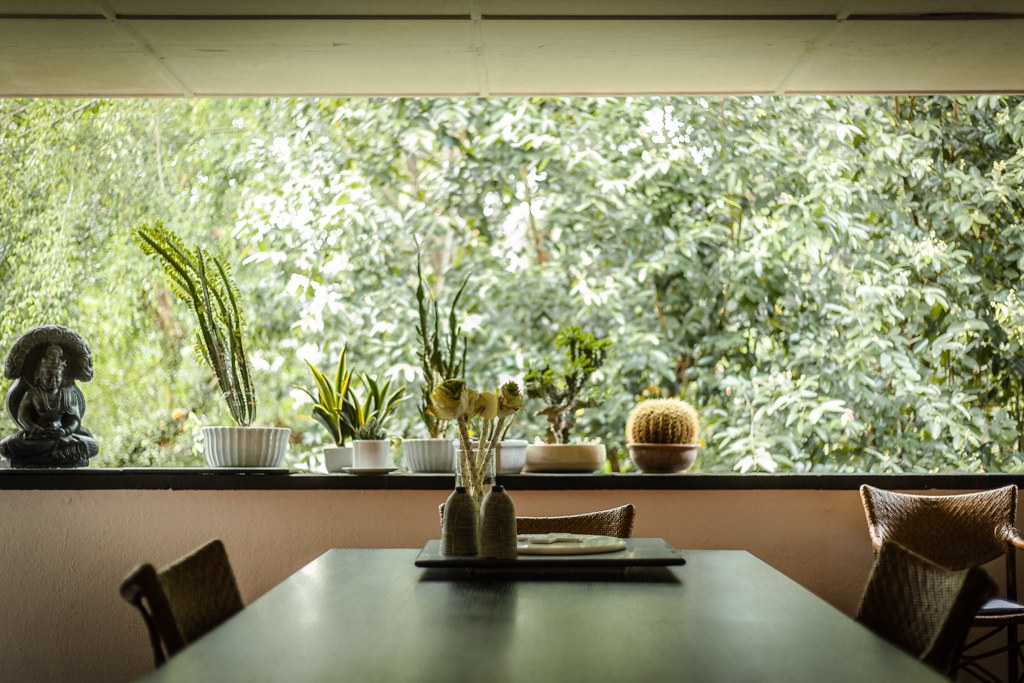
The couple loves to entertain, and has successfully hosted a soiree for 40 people. “It was very easy,” recalls Mr. Semple. The apartment’s layout allowed guests to circulate easily.
The layout of each apartment, save the ones on the ground floor, which tend to be closed in, is essentially the same, but as Mr. Semple points out, “these apartments are so different relative to what you put in.” It has flexible spaces that allow for different configurations, a blank canvas that allows the tenants to create whatever suits them.
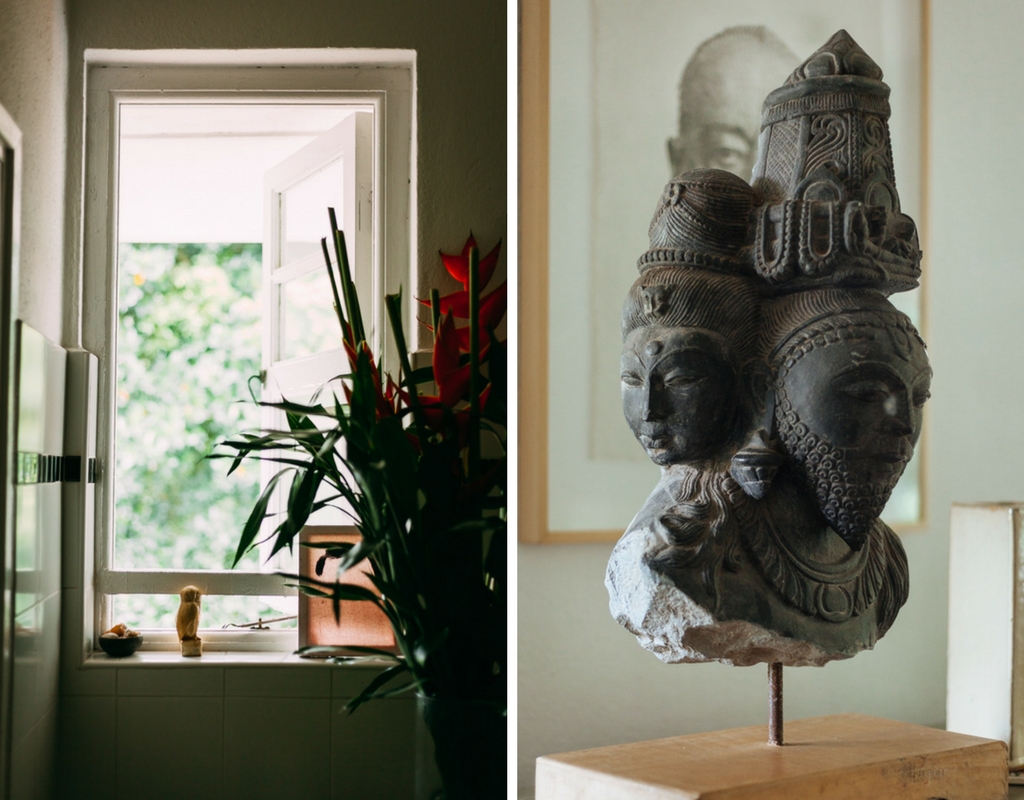
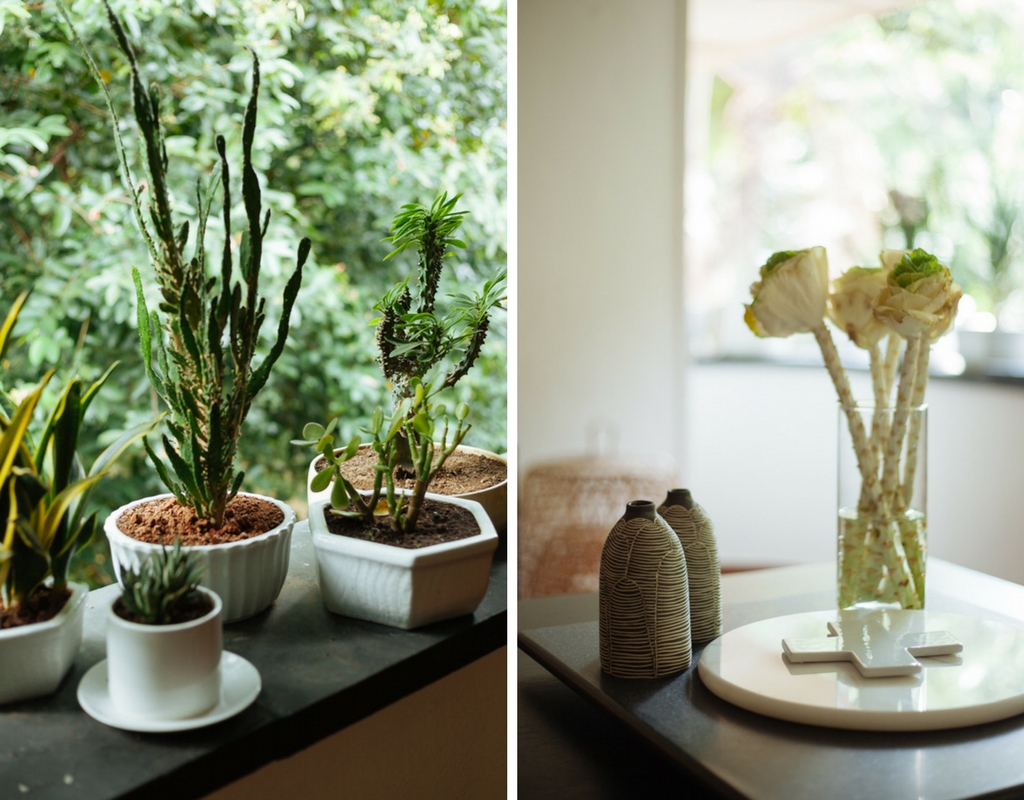
Mr. Shang and Mr. Semple set a dining area on the side of the apartment that’s closer to the kitchen, and a living area close to the entrance. They replicated the set ups in the deep verandah. “I thought we would do dining-dining on one side, and living-living on another, but it works having them diagonally,” explains Mr. Semple. But what would have been the (smaller) formal dining table has become more of the drinks table. “We do the drinks there.” Meals are shared in the larger dining table in the verandah. “We don’t really have a formal and an informal space,” Mr. Shang says. “The entire place is casual and informal.”
As the present apartment is larger than their previous one, they had to buy some new pieces. A credenza and a tabletop with an exotic wood veneer from one of their early projects have found their way into the apartment, along with a few others that they already owned. Their wish for indoor-outdoor dining and lounging works very well with mirror groupings inside the apartment and the adjoining verandah.
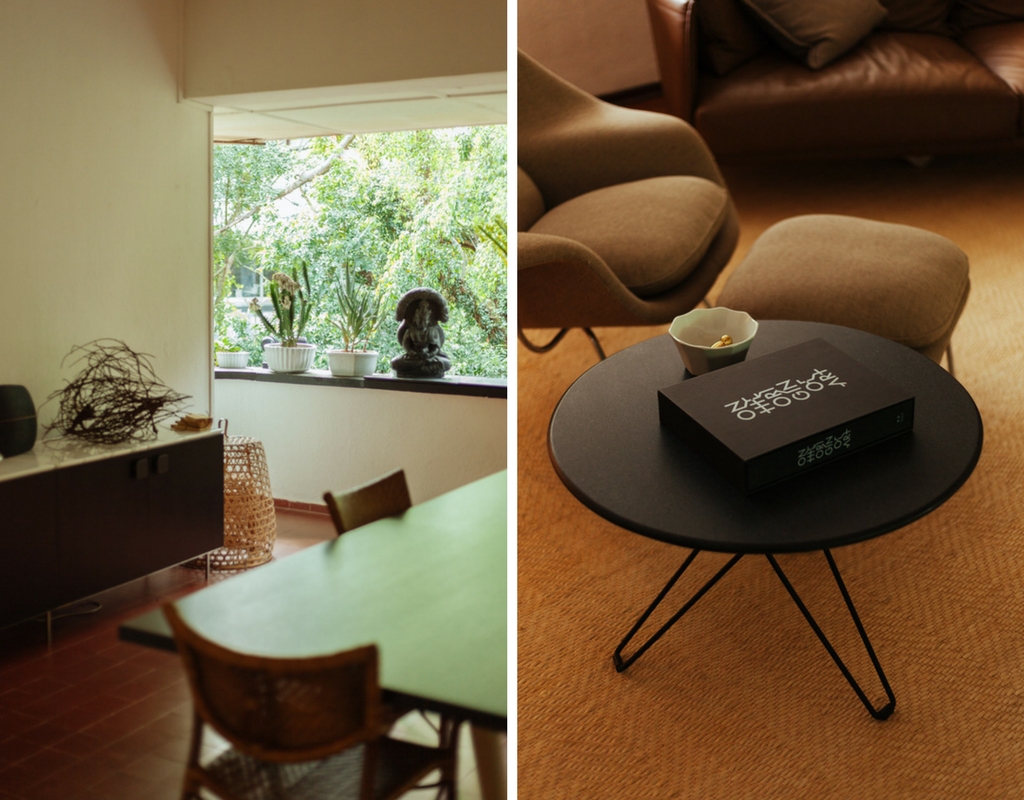
The study is the part of the apartment that gets used the most. “We watch TV and films there; we also read and do some work,” Mr. Semple says. When they threw a big party, the buffet was set up there.
“I think, simply put, this apartment reflects the fact that we love entertaining,” Mr. Semple surmises. “We love being with people. We love bringing people into our weekends or weekdays, sharing food and sharing drinks.”
“It’s also about our collections,” Mr. Shang adds. “It’s full of objects that we’ve collected, some valuable, some not – but valuable in terms of the emotional attachment. They have inherent stories in them.”











.jpeg)






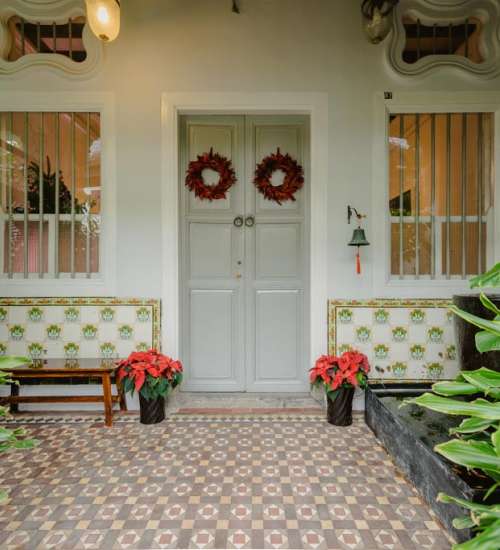
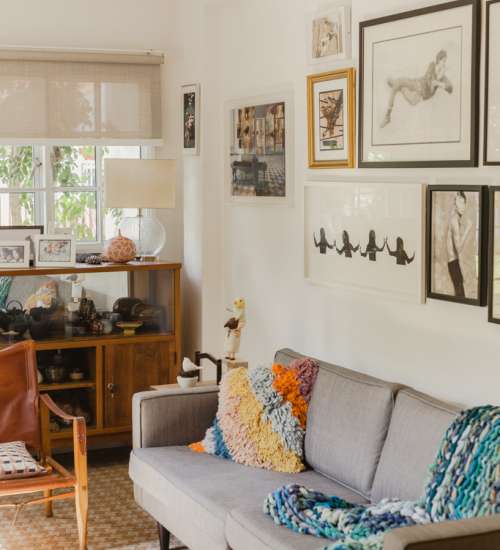
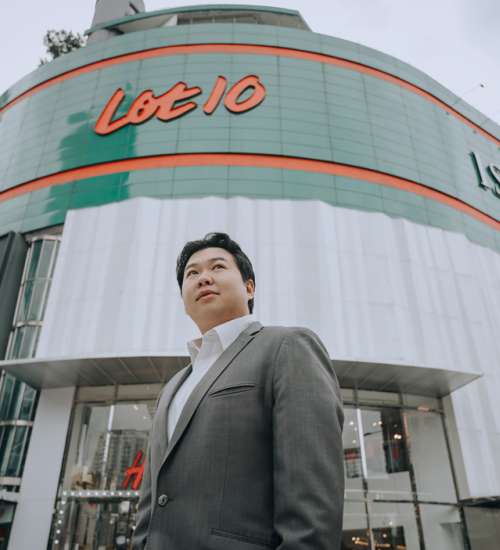

 Back
Back
